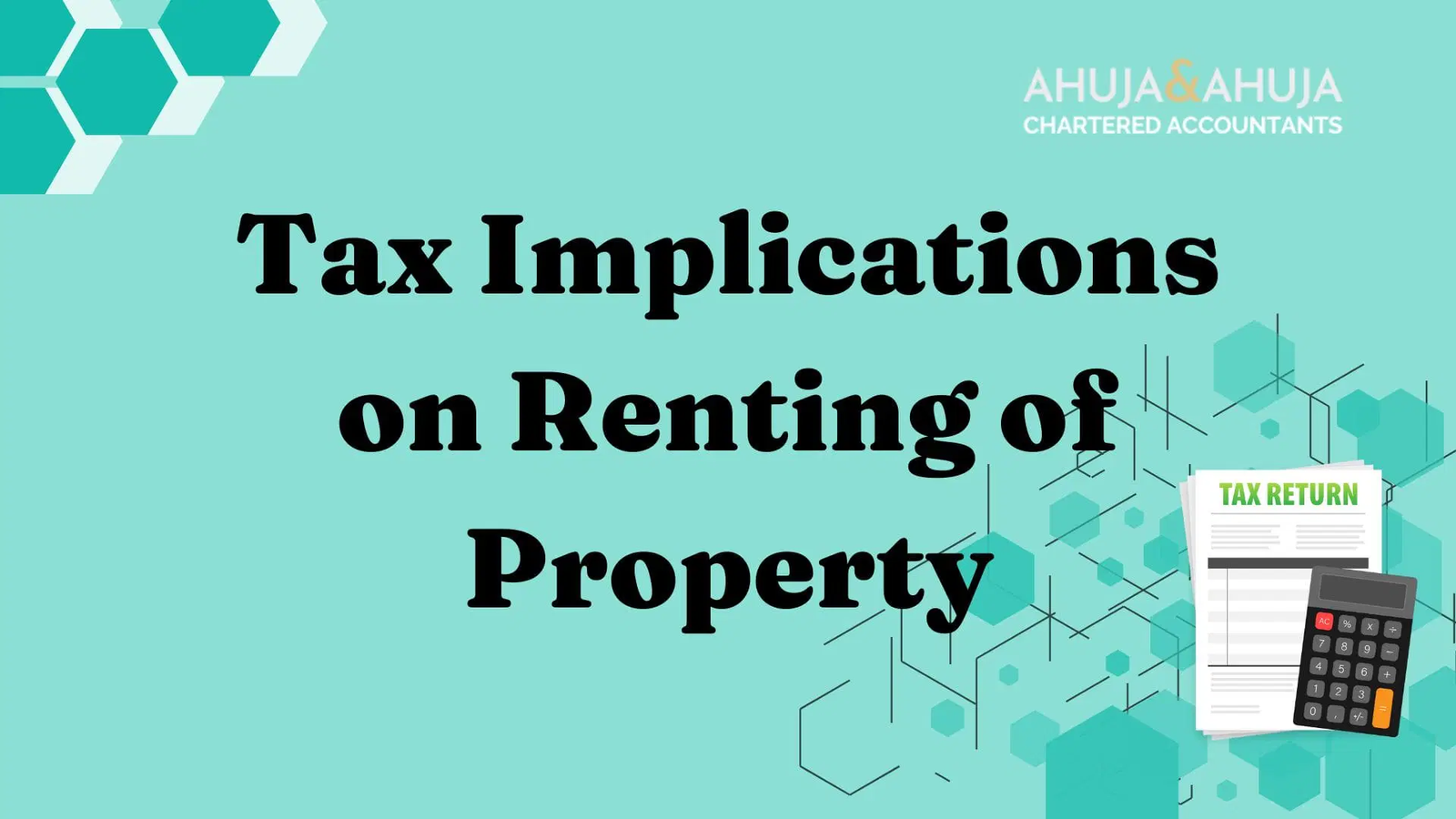Now Reading: Tax Benefits of Investing in Long-Term Build-to-Rent UAE Projects
-
01
Tax Benefits of Investing in Long-Term Build-to-Rent UAE Projects
Tax Benefits of Investing in Long-Term Build-to-Rent UAE Projects

Table of Contents
Long-Term Build-to-Rent : The UAE’s real estate market in 2025 is a global investment hotspot, with AED 893 billion ($243 billion) in 2024 transactions and rental yields of 7-11%. Long-term build-to-rent (BTR) projects, designed to develop and lease residential properties for extended periods, are gaining traction in areas like Dubai South, Saadiyat Island, and Al Marjan Island.
The UAE’s 9% corporate tax (effective June 2023 under Federal Decree-Law No. 47 of 2022) and 15% Domestic Minimum Top-up Tax (DMTT) for multinationals with revenues over €750 million (AED 3 billion) starting January 2025 necessitate strategic tax planning. Below are the key tax benefits for American investors in long-term BTR projects, ensuring compliance while maximizing returns in a tax-free personal income environment.
1. VAT Exemption on Long-Term Residential Rentals

Long-term residential leases (over six months) in BTR projects are exempt from the UAE’s 5% VAT, per Federal Decree-Law No. 8 of 2017. For a BTR project in Jumeirah Village Circle (JVC) generating AED 10 million ($2.72 million) in annual rent, this saves AED 500,000, enhancing net yields of 7-9%. This exemption reduces tenant costs, boosting occupancy rates (95% in prime areas like Dubai Marina) and supporting stable cash flow for investors.
2. Deduction of Development and Operational Expenses
Corporate tax allows deductions for expenses related to BTR projects, including construction costs, maintenance, marketing, and property management fees. A developer with a AED 50 million ($13.6 million) project in Dubai South, incurring AED 15 million in deductible expenses (e.g., labor, materials), reduces taxable income, saving AED 1.35 million in 9% tax after the AED 375,000 ($102,000) exemption. Seven-year record retention is required for Federal Tax Authority (FTA) audits, preserving 7-8% net returns.
3. Free Zone Tax Exemption for BTR Developments
BTR projects in free zones like Dubai South Free Zone or Ras Al Khaimah Economic Zone (RAKEZ), operated by Qualifying Free Zone Persons (QFZPs), enjoy a 0% corporate tax rate on rental income. A QFZP managing a AED 20 million ($5.45 million) BTR project in Al Marjan Island avoids AED 1.8 million in tax on AED 2 million in profits, boosting 8-10% yields. Compliance with Decision 265 (local substance, e.g., staff) and transfer pricing for mainland transactions is essential.
4. Small Business Relief for Smaller BTR Projects

Developers with annual revenues below AED 3 million ($816,000) qualify for Small Business Relief, offering a 0% corporate tax rate until December 2026. A small BTR project in Ajman Corniche, earning AED 2 million in rent, saves AED 180,000 in tax. This relief, ideal for niche projects in affordable emirates, excludes multinationals and QFZPs, requiring accurate FTA filings to maintain 7-9% yields.
5. No Capital Gains Tax on Future Sales
The UAE imposes no capital gains tax on residential property sales by individuals or long-term holding entities, enhancing BTR exit strategies. Selling a AED 30 million ($8.16 million) BTR project in Saadiyat Island, purchased for AED 20 million, yields AED 10 million tax-free, supporting 10-15% appreciation potential. This exemption, unique to the UAE’s tax-free personal income environment, appeals to U.S. investors planning long-term value growth.
6. Zakat Optimization for Muslim Investors
For Muslim American investors, Zakat (2.5% on wealth above Nisab, ~AED 25,000/$6,800) applies only to BTR rental income after one lunar year, not the property value, if held for long-term leasing. A BTR project in Yas Island generating AED 5 million in net rent owes AED 125,000 in Zakat, manageable with planning. Non-trading properties are Zakat-exempt, reducing liability and aligning with 7-9% yields.
Why These Benefits Appeal to American Investors
These tax benefits bolster UAE’s 7-11% yields, surpassing global markets like New York (4.2%). Freehold ownership, no personal income tax, and visa programs (2-year Investor Visa for AED 750,000, Golden Visa for AED 2 million) drive demand, with 45% of Dubai’s 2025 buyers being foreign. Proximity to Dubai International Airport (20-45 minutes) and U.S.-UAE double taxation agreements add value. BTR projects align with Dubai 2040’s focus on sustainable communities, ensuring long-term demand.
Market Outlook and Challenges
The UAE projects 5-8% price growth in 2025, with freehold zones like Al Marjan Island and Saadiyat Island at 10-15%. The DMTT’s 15% rate for MNEs and stricter AML compliance increase costs. A potential 10-15% correction in 2026 due to oversupply (41,000 Dubai units) poses risks. RERA-registered agents and FTA-accredited consultants ensure compliance with nine-month filing deadlines, avoiding penalties up to AED 10,000.
Conclusion
VAT exemptions, expense deductions, free zone benefits, small business relief, no capital gains tax, and Zakat optimization are key tax advantages for long-term BTR projects in the UAE. These benefits maximize 7-11% ROI for American investors in a tax-free, high-growth market in 2025. With strategic planning and expert guidance, BTR investments in Dubai, Abu Dhabi, and Ras Al Khaimah offer sustainable wealth creation and compliance with evolving tax regulations. Long-Term Build-to-Rent
read more: UAE Residential Properties: 5 Exemptions from Real Estate Transaction Tax





















